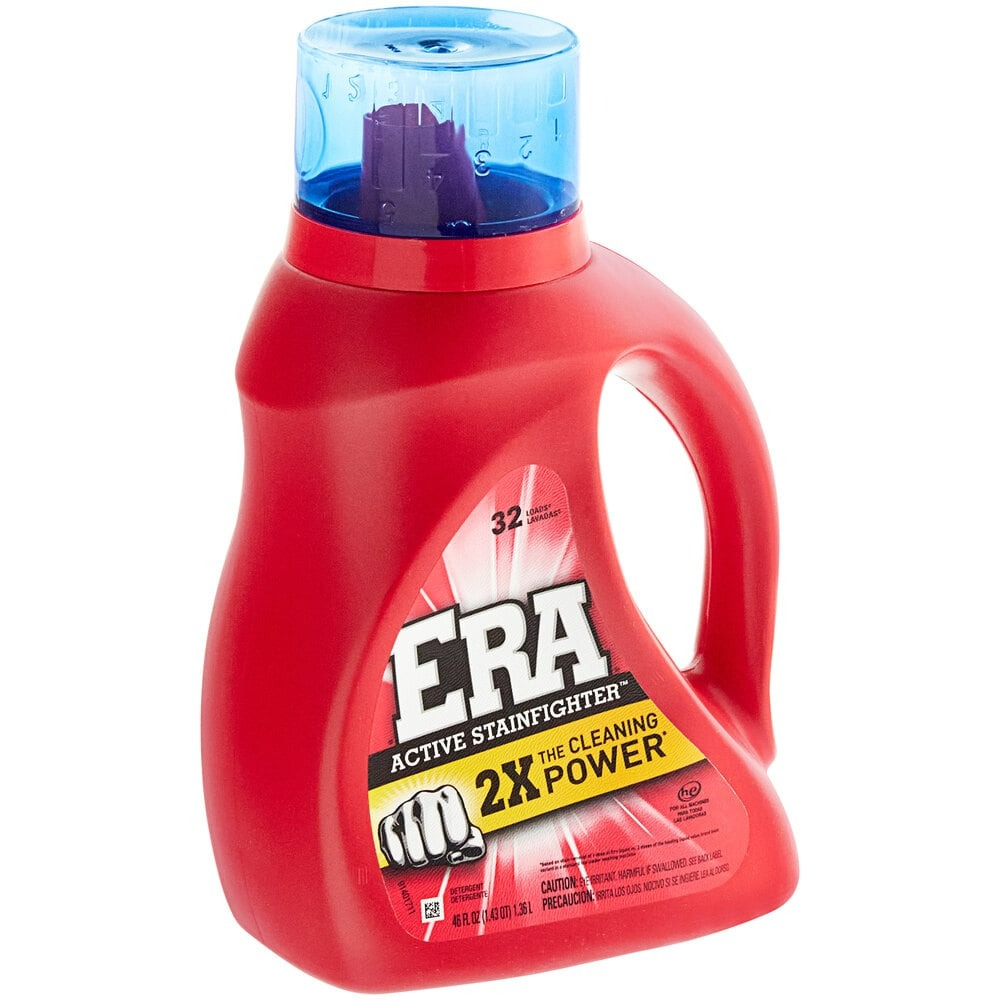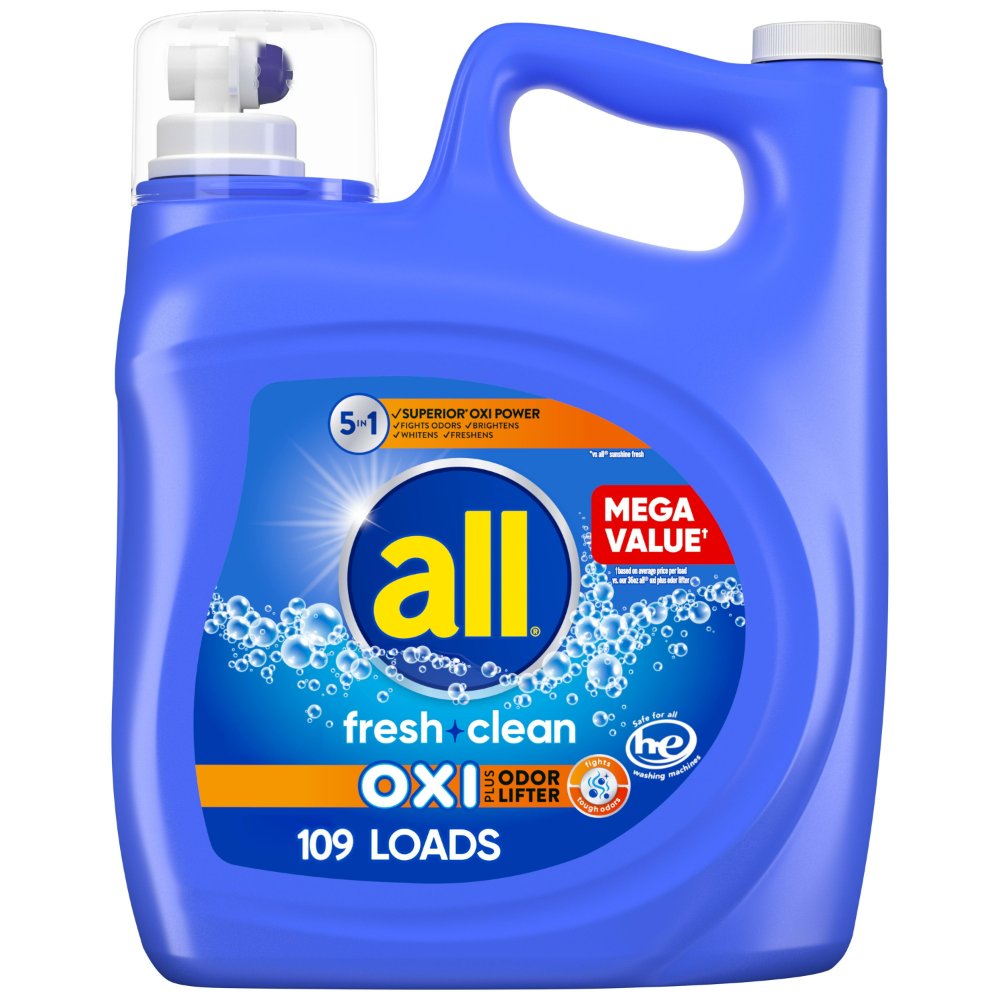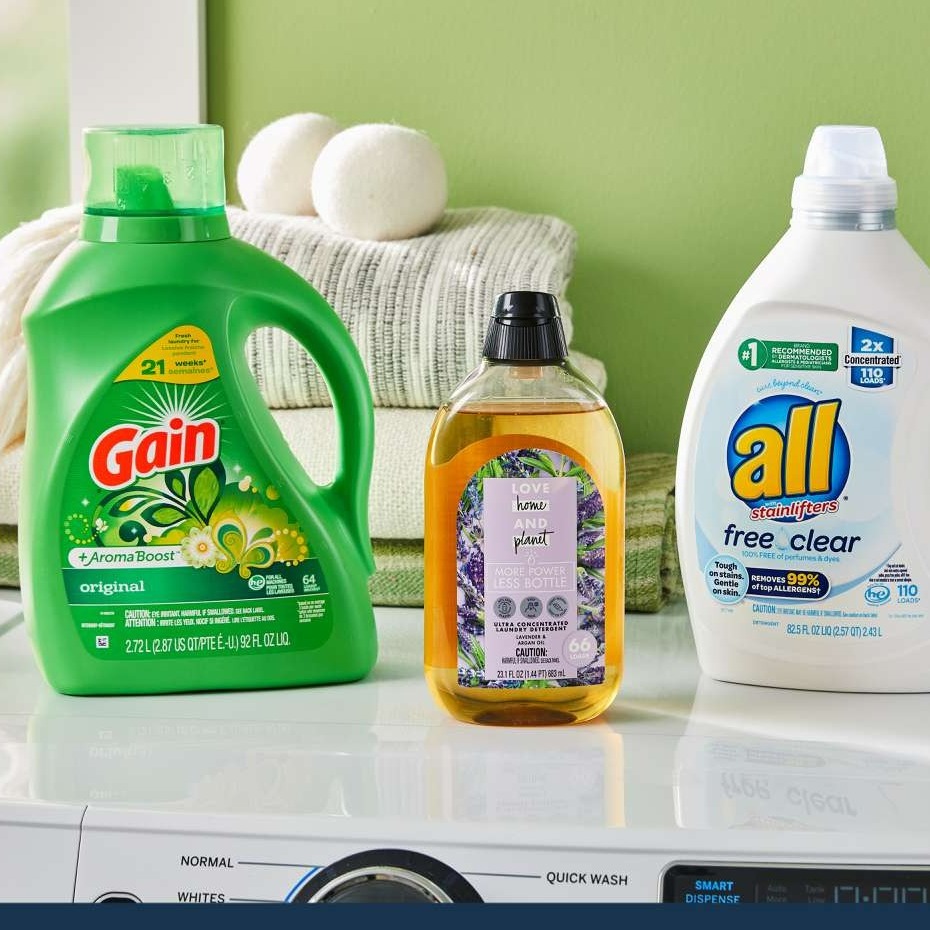Debunking Myths: Does Laundry Detergent Kill Bacteria?
In the realm of home cleanliness and hygiene, few topics generate as much confusion as the role of laundry detergent in killing bacteria. As consumers grow increasingly aware of the importance of sanitation, they often question the effectiveness of their laundry products. Many hold the belief that simply using laundry detergent guarantees a sanitized and safe washing process, while others remain skeptical about the true capabilities of these cleaning agents. This blog will thoroughly examine the efficacy of laundry detergents in killing bacteria, addressing common myths, analyzing the science behind detergent formulations, and exploring alternative methods for achieving cleanliness.
Understanding Laundry Detergent: Composition and Function
Before diving into the question of whether laundry detergent can kill bacteria, it’s essential to understand what laundry detergent is and how it functions. Laundry detergents consist of various ingredients designed to clean fabric by removing dirt, oils, and stains. The primary components of most detergents include surfactants, enzymes, builders, and occasionally disinfectants.
Surfactants play a critical role in breaking down the surface tension of water, allowing it to penetrate and loosen debris from fabric fibers. This characteristic enables detergents to lift dirt and oil away, making clothes cleaner. Enzymes further enhance this process by targeting specific stains, breaking them down into simpler compounds that rinse away easily. Builders help soften water by binding to hardness ions, ultimately enhancing the effectiveness of surfactants.
While these components improve cleaning power and stain removal, they do not inherently possess antibacterial properties. Manufacturers often add antibacterial agents, like sodium hypochlorite or quaternary ammonium compounds, to enhance a detergent’s sanitizing capabilities. Therefore, not all laundry detergents are created equal; it’s crucial to understand the formulation of your chosen detergent to determine whether it can efficiently kill bacteria.

Separating Facts from Fiction: Common Myths
1. Myth: All Laundry Detergents Kill Bacteria
A widely held belief among consumers is that any laundry detergent will effectively kill bacteria in their clothing and linens. Many detergent manufacturers capitalize on this misconception by touting their products as “antibacterial.” However, it’s crucial to recognize that while some laundry detergents contain antibacterial agents, many do not. Standard formulations focus on stain removal and freshness rather than disinfection. To ensure you are using a laundry detergent that kills bacteria, look specifically for products labeled as antibacterial or disinfecting.
2. Myth: Hot Water Alone Kills Bacteria
Many people believe that washing clothes in hot water is sufficient for killing bacteria. While high temperatures can indeed help in eliminating some pathogens, temperature alone may not guarantee bacteria eradication. Studies have shown that while hot water (typically above 140°F or 60°C) can kill a significant number of bacteria, it may not effectively eliminate all strains, especially if not combined with detergent. Additionally, washing at high temperatures may not be suitable for all fabrics, leading to potential shrinkage or damage.
Moreover, not all washing machines can reach these high temperatures consistently. Therefore, relying solely on hot water is not an effective strategy for ensuring bacteria-free laundry.
3. Myth: Adding More Detergent Guarantees Bacteria Elimination
Another common misconception is that using extra detergent ensures better cleaning and kills more bacteria. This belief leads many consumers to pour extra detergent into their machines. However, using excessive detergent can have the opposite effect, as it may leave residues in fabrics that can attract dirt and bacteria, thus diminishing overall cleanliness.
Laundry detergent works best when used according to the manufacturer’s recommended dosage. Following these guidelines not only optimizes cleaning performance but also minimizes the chances of fabric damage or residue build-up.
The Science Behind Bacteria Elimination
To truly understand the effectiveness of laundry detergents in killing bacteria, it is essential to analyze the scientific principles behind disinfection. Various factors influence the ability of cleaning agents to eliminate pathogens. These factors include the type of bacteria, water temperature, the type of detergent used, and the duration of the wash cycle.
The Role of Detergent Formulation
Some detergents incorporate specific antimicrobial agents designed to inhibit bacterial growth. For example, quaternary ammonium compounds (quats) work as disinfectants by disrupting the cellular membranes of bacteria. These agents can often be effective at lower temperatures and are particularly useful in laundry detergents. However, it is not enough to simply rely on these agents; their efficacy hinges on the contact time and concentration of the active ingredients.
Moreover, laboratory studies often evaluate disinfectants under controlled conditions, which do not always translate to the laundry environment. For instance, a particular detergent may demonstrate effectiveness against certain bacteria in a lab setting, but variables in real-world applications—like the presence of organic matter from dirty laundry or improper concentration—can reduce its effectiveness.
The Importance of Contact Time
Research has shown that the contact time between the detergent and the bacteria plays a crucial role in the effectiveness of bacterial elimination. Many studies indicate that a longer wash cycle often results in greater bacterial reduction. Quick wash cycles may not allow sufficient contact time for the detergent to exert its full antimicrobial effects. Therefore, consumers seeking to kill bacteria effectively should consider choosing longer cycles on their washing machines when possible.

How to Ensure Bacterial Elimination in Laundry
Given the complexity surrounding the effectiveness of laundry detergents in killing bacteria, consider the following strategies to optimize your laundry process:
1. Choose the Right Detergent
Selecting a laundry detergent specifically labeled as antibacterial or disinfecting significantly enhances your chances of killing bacteria effectively. Research various brands to identify those with proven antimicrobial properties. Reading consumer reviews and expert opinions can also guide you toward effective products.
2. Utilize Hot Water Appropriately
When washing items that can tolerate higher temperatures, using hot water improves bacterial elimination. Aim for water temperatures of at least 140°F (60°C) for more effective disinfection. However, remember to check the care labels to avoid damaging delicate fabrics.
3. Incorporate Additional Sanitizing Agents
For extra assurance in bacterial elimination, you can add an additional sanitizing agent, such as white vinegar or hydrogen peroxide, to your laundry. Vinegar acts as a natural antibacterial agent and can help to prevent odors, while hydrogen peroxide is a known disinfectant. Take care to follow any relevant safety guidelines when using these products, as they may react with certain fabrics.
4. Extend Wash Cycles When Possible
Consider utilizing longer wash cycles for heavily soiled items, especially bed linens, towels, and blankets. The longer duration will allow detergents additional time to work through fabric fibers effectively.
5. Practice Proper Post-Wash Care
Once your laundry completes its cycle, ensure you dry it thoroughly. Moist environments encourage bacterial growth, so drying clothes in a dryer or hanging them in a well-ventilated area aids in preventing the resurgence of bacteria post-wash. If you prefer to air-dry your clothes, solar drying takes advantage of ultraviolet rays, which have natural disinfecting properties.

Alternative Methods for Bacterial Control
In the quest to eliminate bacteria, some consumers have sought alternatives to traditional laundry detergents. Several effective methods exist that can complement or replace commercial products:
1. Essential Oils
Incorporating essential oils into your laundry routine has gained popularity as a natural antimicrobial option. Oils such as tea tree oil, lavender oil, and eucalyptus oil exhibit antifungal and antibacterial properties. Adding a few drops to your laundry detergent can enhance your wash’s overall effectiveness.
2. Oxygen Bleach
Oxygen bleach, also known as sodium percarbonate, can serve as an effective cleaner while being less harsh on fabrics than traditional chlorine bleach. This eco-friendly alternative helps whiten whites and can kill a range of bacteria present on clothes.
3. Homemade Laundry Soap
Creating homemade laundry detergent using baking soda, washing soda, and soap flakes allows you to control the ingredients you use. While homemade detergents typically may not possess the same antibacterial properties as commercial products, you can tailor them to your preferences by adding natural agents like vinegar or essential oils.
Conclusion: Making Informed Choices for Clean Laundry
The question of whether laundry detergent kills bacteria remains nuanced. While many products offer effective cleaning and can aid in reducing bacterial load, not all detergents possess inherent antimicrobial properties. Understanding the composition of laundry products, recognizing common myths, and debunking misconceptions allows consumers to make informed choices.
By prioritizing antibacterial detergents, using hot water appropriately, incorporating additional sanitizing agents, and adopting best practices in laundry care, individuals can effectively manage bacteria present in their fabrics. The synergy of detergent selection, water temperature, and wash duration empowers consumers in their quest for optimal cleanliness.
Ultimately, fostering a deep understanding of cleaning agents promotes safer environments and contributes to overall health. Embracing knowledge and making well-informed choices empowers consumers to take charge of their laundry, ensuring cleanliness and hygiene while debunking myths that might otherwise cloud judgment. Be proactive in your laundry practices and choose wisely to keep bacteria at bay—your clothes will thank you!